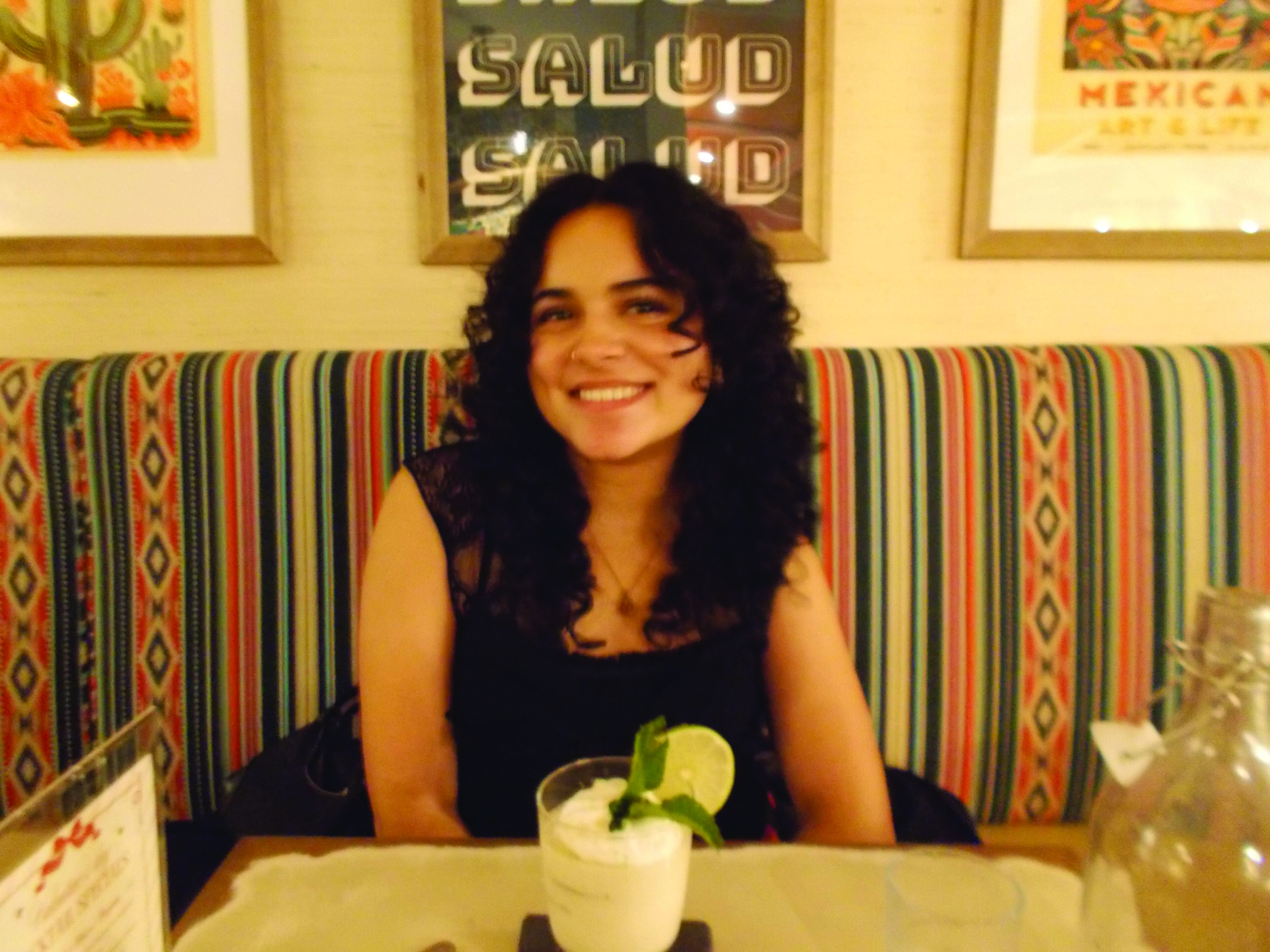Faculty Sponsor: Francois Seyler

Tara Pandey
Tara Pandey is a rising junior (’27) pursuing a Computer Science Major and Data Analysis Minor. At Wesleyan she works as a tutor at the SCIC (Scientific Computing and Informatics Center), on the board of the Wesleyan Refugee Project, and as a member of the Wesleyan Ethics Bowl team. She is from McLean, VA and enjoys the outdoors, listening to music and graphic design.
Abstract:
Brazil finally abolished slavery on May 13th, 1888, being the last country in the western hemisphere to do so. Due to its ideal geographic characteristics supporting agricultural exports (i.e. coffee, sugar, cotton) and its rich mineral content, the institution of slavery was a pillar under the Brazilian economy till the late 19th century.
For the purposes of this study, I was interested in the pre-abolition period (1881-1888). I processed documents gathered from the Annals of the Chamber of Deputies in Brazil from 1881-1882, searching for mentions of slavery or related subjects. Through the use of structured topic modelling, I prepared the data, eliminating words that were far too frequent or considered “filler” (had no real effect on the topics). The cleaned data was then modelled into twenty topics, one of which (Topic 14) I classified as relating to slavery. Additionally, a Topic 13 matched closely with agricultural products, more specifically those that slaves produced.
Based on this, I was able to match topics back to legislators, allowing me to explore and understand their parliamentary identities based on their contributions in parliament. Additionally, I manually coded a dictionary of “slavery words”, including Portuguese words related to slavery, immigration, coffee, labor, and resistance. From this dataset I was able to regress on outside data to examine the relationship of variables such as slavery share and distance from the coast on how often slavery and related topics were discussed in parliament. I produced statistically significant results for many of these variables and was able to map their relationship through the plots seen below.
Final_QAC_Apprenticeship
